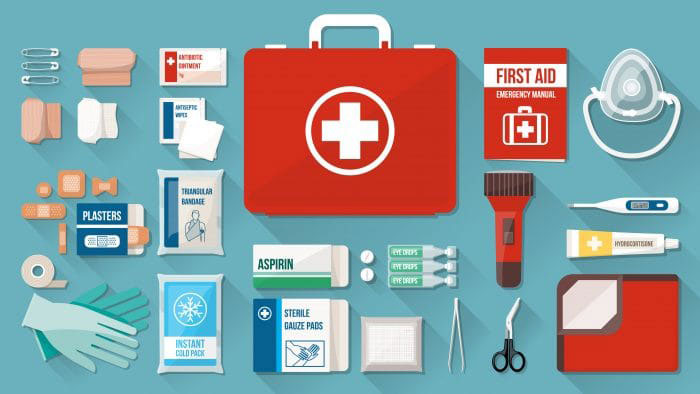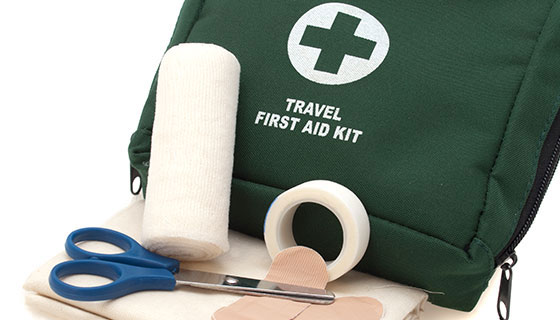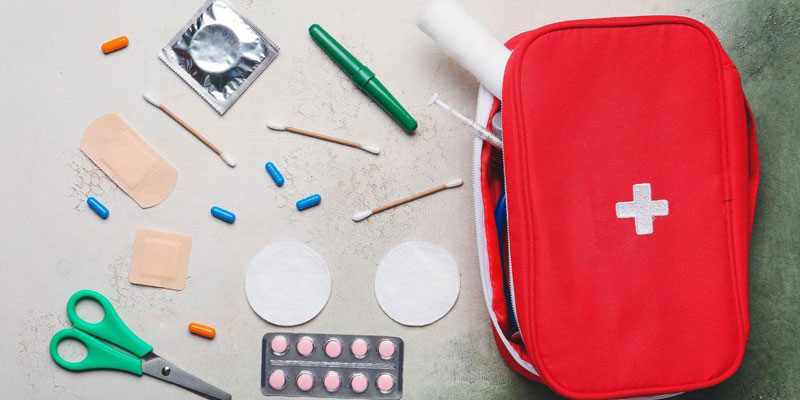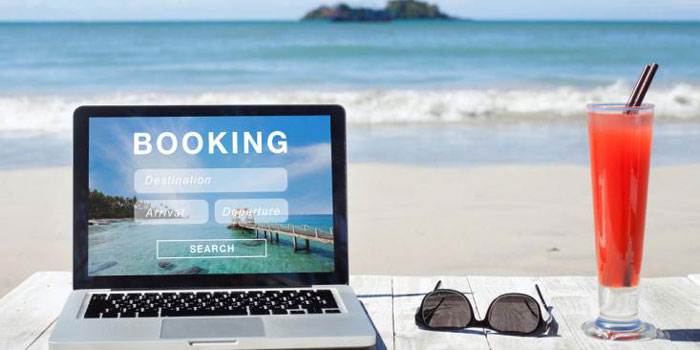'Having said that, over the years, and with a significant amount of experience and my nursing education under my belt, I have honed my kit to represent what I would need out on the road and what I know will make for a far better 'first aid kit' for the typical traveler as well.
'
'
'
'The best first aid kits are simple yet comprehensive, and they include a wide choice of bandages and other items to treat the most common injuries and illnesses. Most significantly, they need either very little or no training to use at all. The question now is, which components you should add. These are the things that I consider to be fundamental.
''
'
'1. Plasters (Bandages)
''
'
'It should go without saying that every first aid kit should have these items at the very least. Because cuts and scrapes are the most frequent kind of minor injury, it is always a good idea to keep a handful of plasters in a range of sizes with you at all times.
''
'
'2. Gauze
''
'
'Gauze is the "jack of all crafts" in the medical world. I never travel with a first aid kit that does not have a supply of gauze, and I can't even begin to tell you how many times it has proven to be an invaluable item over the years. It may provide pressure to a wound, clean an injury, absorb blood, assist in stopping bleeding, and even be a component of a primary dressing for wounds ranging from tiny to medium size.
''
'
'3. Bandages Made of Crepe (ACE or Elastic Bandages)
''
'
'Basic crepe bandages help keep tiny dressings clean and in place until you can get medical assistance for anything more serious than a cut until you can get some medical attention for something more serious than a cut.
''
'
'4. Surgical tape
''
'
'Plasters may provide the same function as surgical tape if necessary. It is one of those essential emergency products that you should always have on hand in case you need to apply gauze or a bandage to a wound and secure it.
''
'
'5. Small Scissors
''
'
'These are included in every first aid kit that is sold commercially (even if you can also purchase them individually), and it is evident that they are essential for cutting gauze or bandages to the appropriate size. If you have scissors with you, ensure they are stored in your checked luggage while traveling so that airline security does not take them from you. If they are found in your carry-on bag, they will be confiscated.
''
'
'6. Tweezers
''
'
'Tweezers are another tool that is often included in most first aid kits. These instruments may be used for various purposes, including removing splinters, picking out small pieces of stone or dirt when cleaning wounds, and many other similar tasks.
''
'
'
' '
'
'
'
'
'
'Antiseptic wipes are an absolute need to have in any decent bag. For some inexplicable reason, this is the one item that most people seem to forget about when considering first aid. Before putting a bandage on a cut or wound, antiseptic wipes are an excellent way to clean the area and reduce the risk of infection, which everyone wants to avoid.
''
'
'8. Condoms
''
'
'Aside from the most apparent advantage, avoiding sexually transmitted diseases, these handy little objects may also be used as emergency water carriers or even as emergency ice packs if they are filled with ice and then frozen. Although I have never been in a situation where I needed to utilize them in such a way, it is valuable knowledge to have in mind in case the need ever arises.
''
'
'9. Medicine for the Alleviation of Pain
''
'
'It does not have to be anything special; it may be something you usually take for pain relief when you have a headache or other mild discomfort.
''
'
'10. Loperamide Pills
''
'
'It is also known under several brand names, such as Imodium. It is essential to keep in mind that you should only take them in an emergency while you are traveling since they do not treat diarrhea, and you should avoid using them if you have the opportunity to relax for a few days.
''
'
'11. A Cream That Contains an Antihistamine
''
'
'During our 'travels', every one of us will, at some point, get bitten by an insect of some kind, which will result in a rash or bump that will be excruciatingly irritating. Don't worry about it; the spots and stings in the vast majority of cases aren't something to be concerned about, even though they are irritating! Because of this, decent antihistamine cream is a helpful complement that may help decrease the swelling and itching associated with the condition.
''
'
'12. Antibacterial creams
''
'
'In addition, you should always have antibacterial creams on you, such as Neosporin, in case you receive any scratches or scrapes. This will help them recover more quickly and protect them from any infections that could develop.
''
'
' '
'



